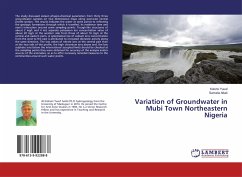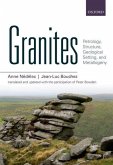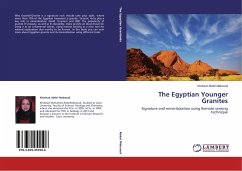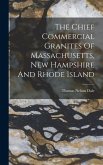Late Neoproterozoic to Early Cambrian amphibolite- grade meta sedimentary rocks in northeast Queensland, Australia are interlayered with I- and S- type granitoids. This study utilises geochemistry and petrology to determine the petrogenesis of the granitoids. The conditions of the formation of the granititoids provides important clues in our understanding of the geological history of the region. Palaeozoic granitoids occur in two settings in the region. During the Early Palaeozoic, partial melting of the host rocks led to the generation of S- type granite melts. Incomplete separation of melt and restite, together with mechanical incorporation of melt in the high grade metamorphic host, has led to the generation of a suite of rocks which fit in between high grade metamorphics and granites. These rocks are sometimes referred to as magmatite''. During the Mid to Late Palaeozoic, the region was intruded by a granitebatholith. The geochemistry of these granites give clues to basement terrains which are obscured. In this case, an important basement contact between Precambrian and Palaeozoic rocks can be mapped using granite geochemistry and isotopic signatures.
Bitte wählen Sie Ihr Anliegen aus.
Rechnungen
Retourenschein anfordern
Bestellstatus
Storno








